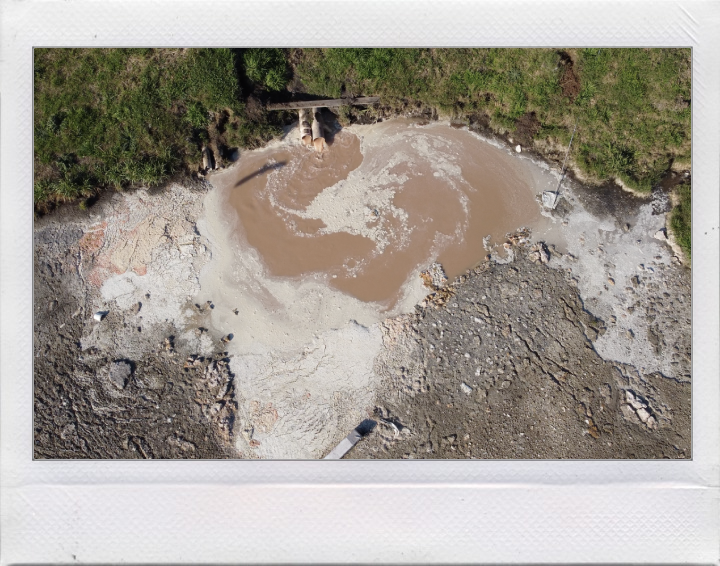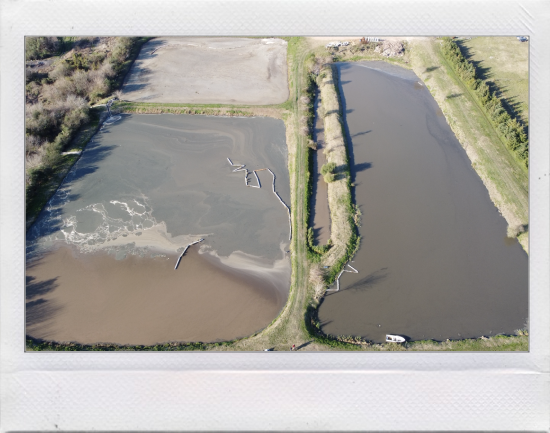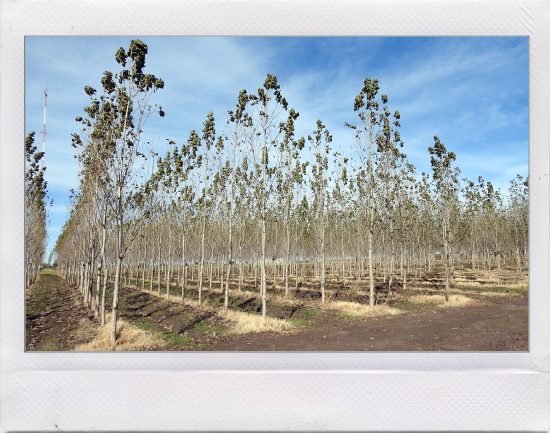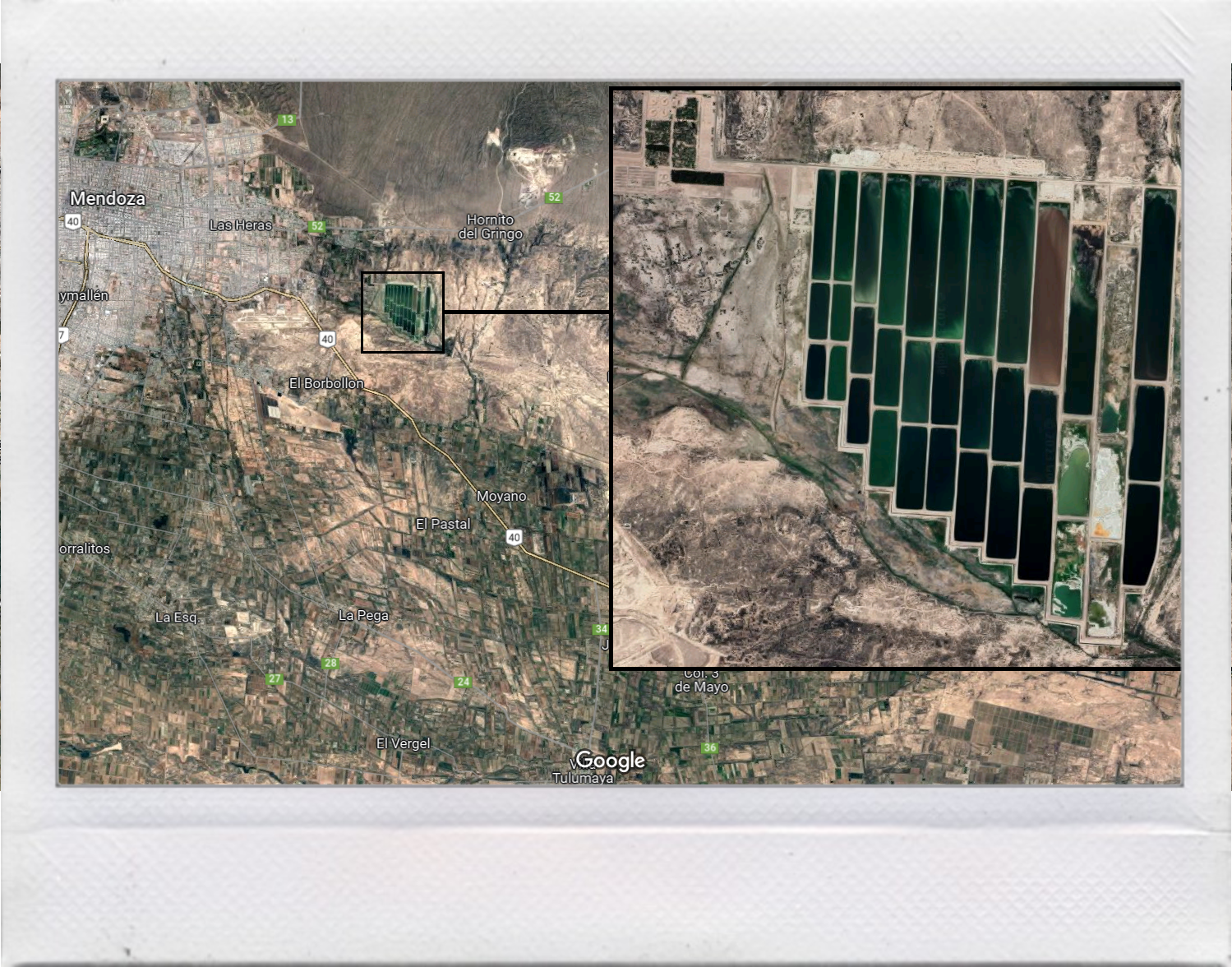
Lagoon Systems
Lagoon Systems
Previous slide
Next slide
Previous slide
Next slide
In large-scale cases, where effluent flows and pollutant loads are much higher, the treatment system changes but in an analogous way to wetland systems. Septic tanks are replaced by a retention lagoon system and the secondary and tertiary systems are replaced by forest or agricultural irrigation systems.

To dimension the scale, the example in the picture is a poultry slaughterhouse, where 25 liters of water are needed for slaughter each chicken, which for 80,000 chickens per day adds up to 2,000,000 liters, that enter clean every day and are discharged with a level of organic pollutants 7 times higher than that of domestic wastewater.
The equivalent of a city of 70,000 inhabitants, but concentrated in the effluent of a medium-sized meat processing plant.

Retention lagoon systems usually consist of a series of three lagoons.
A first anaerobic lagoon, where the water depth is deeper than 2.5 meters to ensure anaerobic treatment in the absence of oxygen.
Then a second facultative lagoon, between 1.5 and 2.5 meters deep, where anaerobic bacteria act in the lower part, aerobic bacteria in the upper part and facultative bacteria between the lower and upper parts.
And finally, a moderation or aerobic lagoon, where the depth does not exceed one meter, which guarantees aerobic treatment.

After lagoon pre-treatment, the water is in a depurative condition so that the plants can receive it, reusing these effluents charged with nutrients for agricultural and/or forest irrigation. This improves production volumes with higher performance.
This generates a zero wastewater discharge impact and a productive use of wastewater. Which makes them financially attractive.

Campo Espejo, Mendoza, Argentina.
The case example in the picture is Mendoza, Argentina, where wastewater is collected from the city ofor 470.000 inhabitants, directed to a lagoon treatment plant and then sold as a water charge with nutrients for the irrigation of more than 2.860 hectares of private land.
In the case of domestic wastewater, if it is collected together with an urban drainage system and treated together, these systems can also be employed. Through these “soft” technologies, a lagoon pretreatment can be done, reaching parameters that do not affect plants, and reuse these effluents charged with nutrients for agricultural or forest irrigation, transforming the problem of water pollution and financing of the necessary civil works into a productive system, which can be financed by international organizations or funds that invest in this type of projects.

